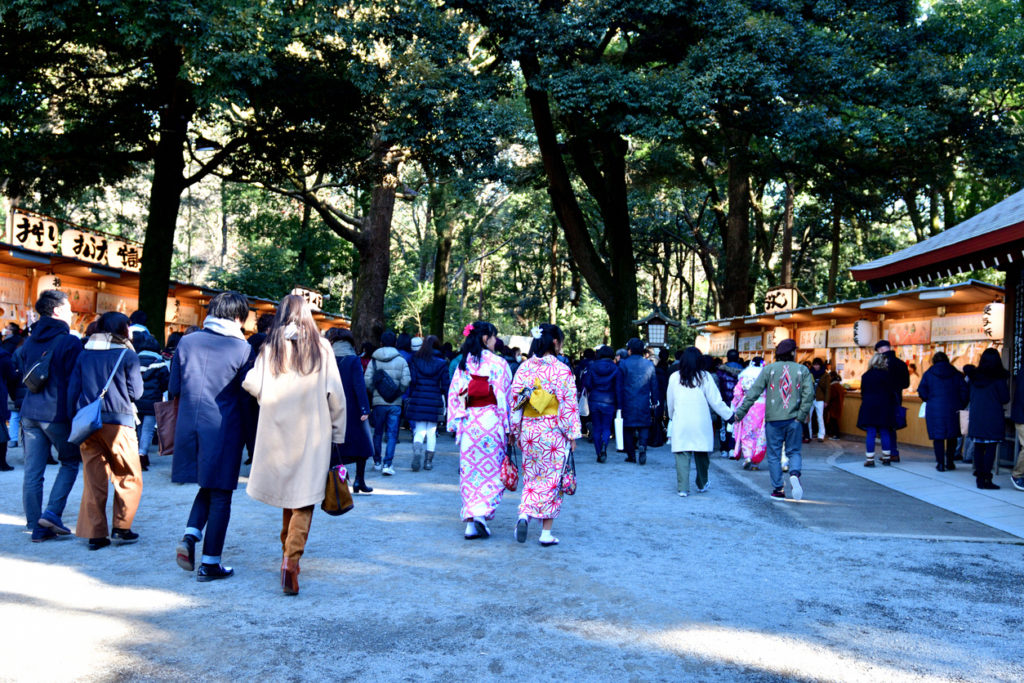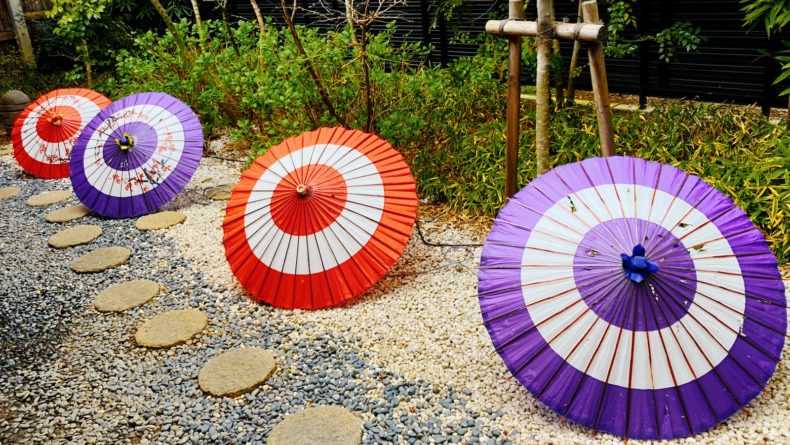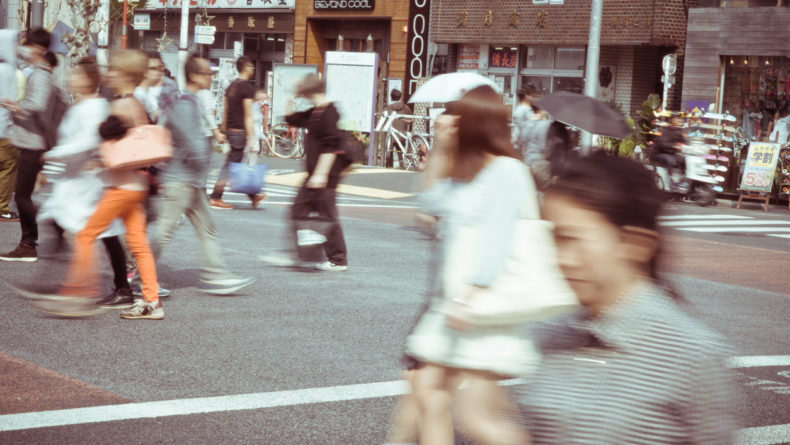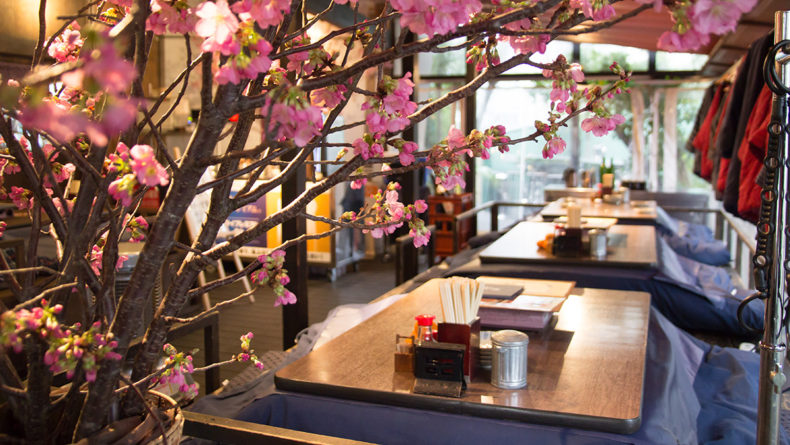Meiji Jingu Shrine: Tokyo’s Most Famous Spiritual Landmark
This giant shrine tucked away in bustling Tokyo is a brilliant slice of tranquility
Though annually visited by millions of people on New Year's Day, this Tokyo landmark is a lovely sight in all seasons.
Meiji Jingu Shrine, perhaps Tokyo’s best known Shinto shrine, has been a cultural icon for Japan for nearly 100 years. With easy access from Shibuya and Yoyogi Park and the nearby fashion district of Harajuku, the shrine is a Tokyo must-visit if there ever was one.
Meiji Jingu (jingu meaning shrine in Japanese), was posthumously dedicated to Emperor Meiji — the first modern emperor of Japan — and his wife, Empress Shoken in 1920. It is located in a tranquil forest that covers an area of 70 hectares and while many may think the opposite, there is so much more to this historical site that just a shrine — from beautiful gardens to various annual events and festivals, the shrine is the perfect location for a pleasant stroll regardless of the season.

A walk in the gardens
You’ll find Meiji Shrine nestled in a woodsy area, surrounded by 100,000 trees donated from all around the world. Meiji Shrine itself has two main areas called the Naien (“Inner Garden”) and Gaien (“Outer Garden”).
View this post on Instagram
The Naien is where you’ll find the Imperial Gardens, a gift designed by Emperor Meiji himself for his beloved wife. For a small entrance fee, you can see not only the Imperial Gardens but also the spiritual “power spot” Kiyomasa’s Well, along with the Homotsuden Treasure Museum, which is currently closed for renovations but is usually home to several belongings of Emperor Meiji and Empress Shoken.
The Gaien is where you’ll find the Meiji Memorial Picture Gallery and its 80 murals illustrating the lives of Emperor Meiji and Empress Shoken.
View this post on Instagram
In the area surrounding the gallery are several sporting grounds, restaurants, and the National Stadium — the main stadium used for the 1964 Summer Olympics. If you’re lucky, you might even stumble upon a traditional Shinto wedding in this area, too.
View this post on Instagram
Annual and daily events
On New Years’ Eve, it’s a tradition in Japan to pray for good luck in the new year, and Meiji Shrine is the most popular shrine for it. Over 3 million visitors wait for hours to do their first prayers of the year.

People visiting Meiji Shrine to pray for good luck in the first days of the New Year.
Another big event is the National Foundation Day festival held annually on Feb. 11. The festivities start from 10 a.m., with shrine priests making prayers and priestesses performing sacred dances, a brass band, and portable shrines carried from Omotesando to Meiji Shrine.
The Shrine also has its own festivals, the Haru no Taisai, Spring Grand Festival on May 2, and the Aki no Taisai, Autumn Grand Festival, typically held in the very first days of November. Both festivals honor the shrine’s deities through various Japanese traditional performing arts, such as Bugaku (ancient imperial court music), Hogaku and Hobu (classical Japanese dance), Noh and Kyogen (classical Japanese theatre), Sankyoku (traditional Japanese music), and Satsuma biwa (Japanese lute).
If you can’t make it out for one of these big events, however, you can still catch the daily prayers. Every day, Shinto priests gather at the main shrine building to make prayers for peace at 8 a.m. and 2 p.m.
Don’t leave Tokyo without taking a stroll in this beautiful shrine with wide open spaces.
The Deets
Address: 1-1 Yoyogi-Kamizono-cho, Shibuya-ku, Tokyo
Getting there: Meiji Shrine can be accessed from a north entrance close to JR’s Yoyogi Station or from its southern entrance nearby JR’s Harajuku Station. From either direction, the main shrine is about a 10-minute walk.
How much: Free (except for the Naien Garden, which costs ¥500)
Website: Meiji Jingu official site











Leave a Reply